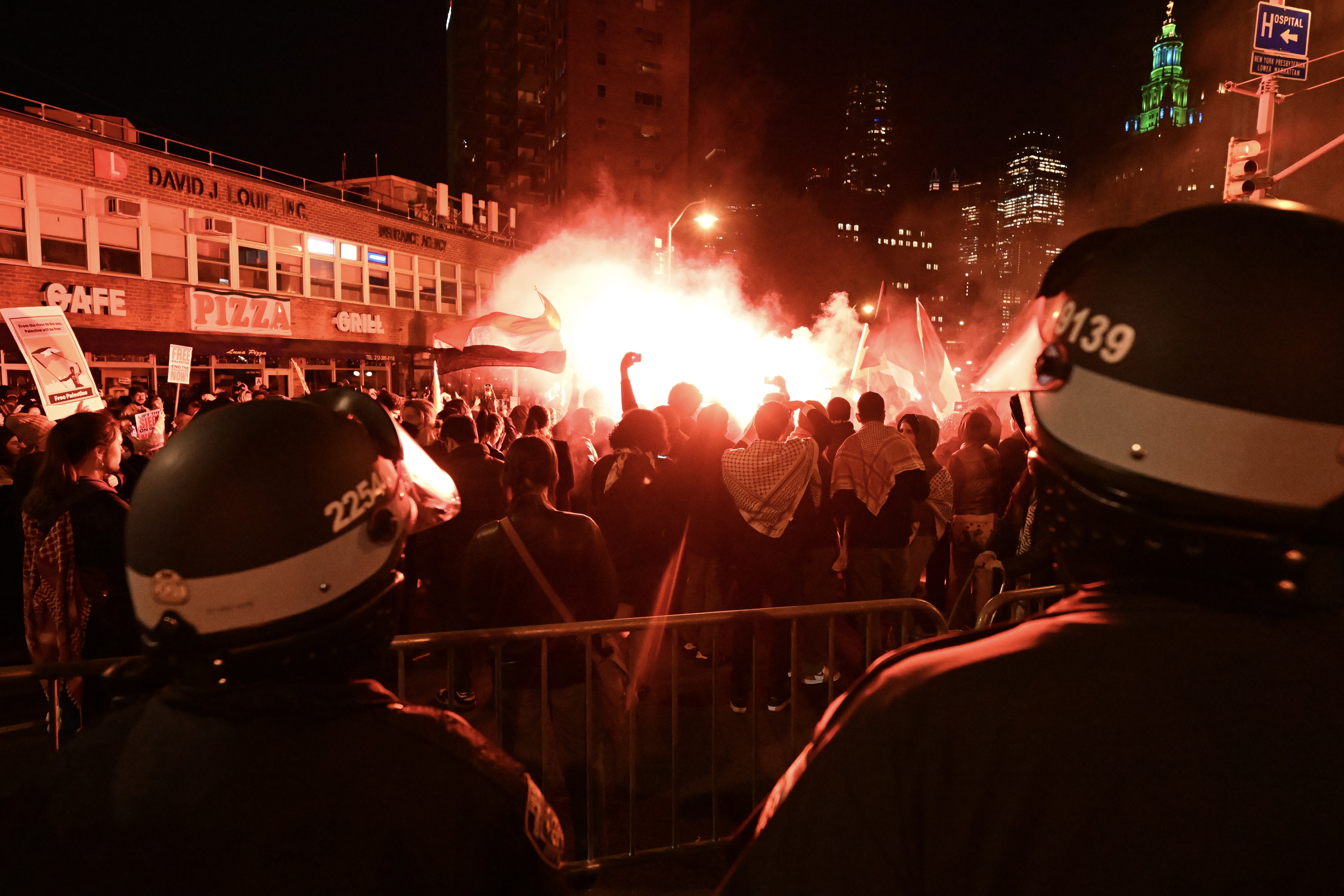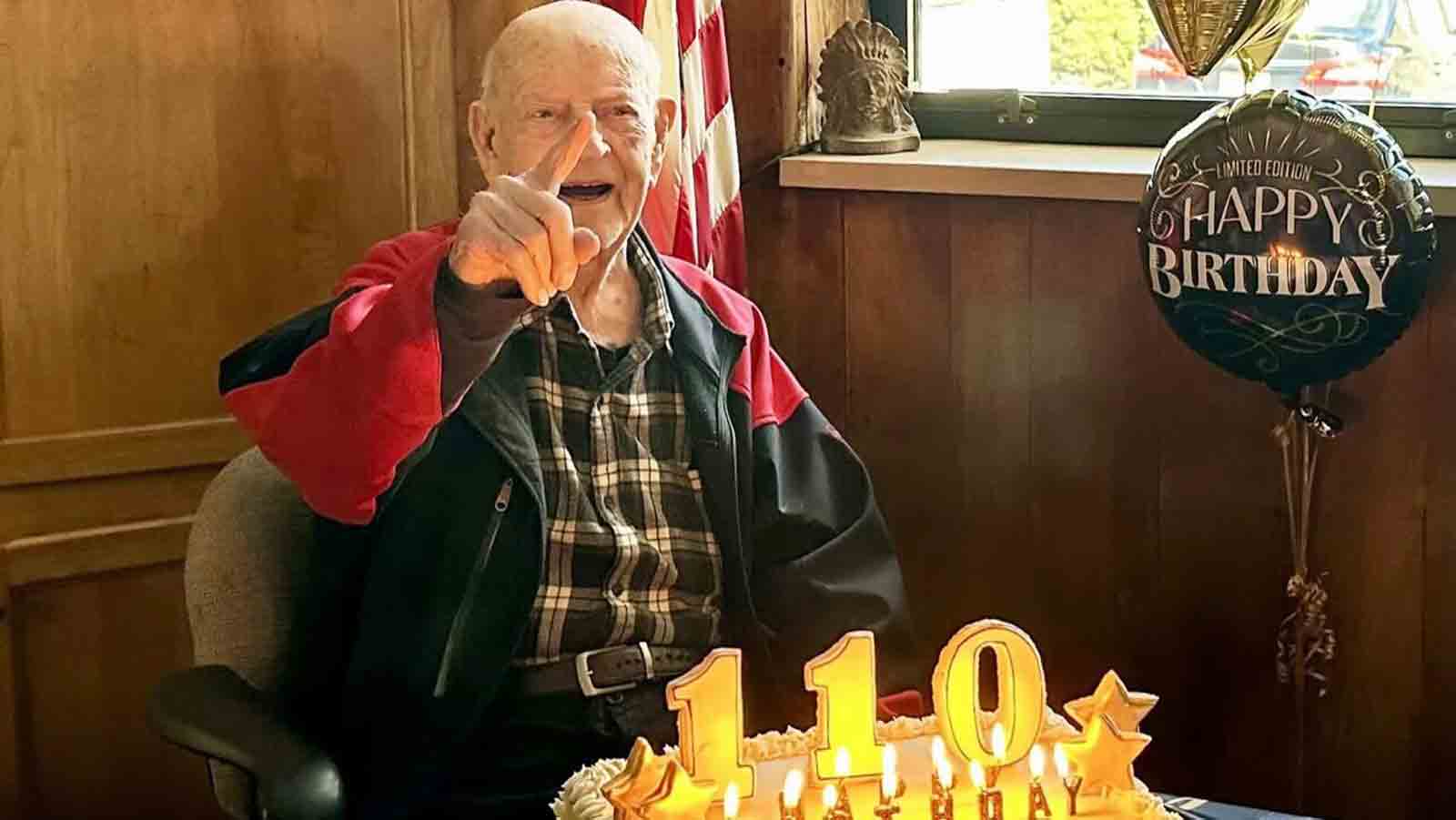What to Know
- Six people were killed on the evening of Feb. 3, 2015, when an SUV driven by Ellen Brody was struck by a Metro-North train in Valhalla
- National Transportation Safety Board investigators are expected to release their final report on the crash Tuesday
- A U.S. official told the AP one of the findings is that a design flaw in the third rail made the crash more deadly
Federal investigators have concluded that a fiery crash between a commuter train and an SUV that killed six people in the suburbs in 2015 was extra deadly because of an unusual rail design, a U.S. official told The Associated Press on Monday.
The Metro-North Railroad train crashed into an SUV on the tracks at a crossing in Valhalla, about 20 miles north of New York City. The impact sparked an explosion, and flames blasted into the passenger area, burning out the first car of the train. The driver of the SUV and five people aboard the train were killed. More than a dozen other people were injured.
National Transportation Safety Board investigators found that about 340 feet of electrified rail was pulled up from the ground, penetrated the SUV's fuel tank and then sliced into the train, according to the official, who was not authorized to discuss an ongoing investigation and spoke to the AP on the condition of anonymity.
The rail was an under-running or under-riding design, in which a metal shoe slips underneath the electrified third rail, rather than skimming along the top. Questions were raised after the crash about whether the collision caused the shoe to pry up the third rail.
Metro-North, which operates in New York and Connecticut, is believed to be the only U.S. commuter railroad with the under-riding rail configuration.
NTSB investigators are also recommending risk assessments be conducted for grade crossings, the official said.
The board is scheduled to meet Tuesday in Washington, and investigators are expected to present their final report on the crash.
The Metropolitan Transportation Authority, which operates Metro-North, "will carefully review any safety recommendations" made by NTSB investigators, MTA spokesman Aaron Donovan said.
Passengers were trapped in the fiery, mangled wreckage and tried to pry open the doors to escape. One passenger, whose hands, shirt and hair were on fire, shattered an emergency box and then pried the doors open before leading a group of passengers out of the wreckage.
The SUV's driver, Ellen Brody, had stopped in traffic on the tracks, between the lowered crossing gates. Witnesses said Brody got out of her Mercedes SUV to inspect the damage to her vehicle before driving forward and being struck by the oncoming train.
A data recorder showed the train's engineer hit the emergency brakes and sounded the horn as it bore down on the Valhalla crossing, traveling 58 mph in a 60 mph zone, the National Transportation Safety Board has said.
Brody's husband has filed a wrongful death and negligence lawsuit against Metro-North, its parent agency, the Metropolitan Transportation Authority and the train's engineer. The lawsuit alleges that the crash was caused by a badly designed grade grossing and improper warning signs.
"She just didn't know she was on a railroad track," Brody's husband, Alan Brody, said Monday. "The warning signals were invisible."
Alan Brody says his wife got stuck in traffic that fateful night and ended up on the tracks with no room to move forward or backward. He says the Commerce Street crossing where she lost her life has insufficient signage and warning lights and that it's inherently unsafe.
Local
"This crossing really should be shut," he said. "They need to straighten the road. They need to change the signs so you can actually see them."
Witnesses at the time questioned why Ellen Brody didn't back up her car when the lever came down and it was apparent the train was coming.
"Once you understand all the pieces, and how they came together, I think people will have a deeper understanding of what's really wrong, what really happened, and yes, that she is innocent," Brody said.
Brody is heading to Washington to hear the NTSB's findings in person, and perhaps put to rest years of questioning why his wife was killed.
"I just feel that the story has to be told and understood, and this is the moment when we hope it will be," he said.



